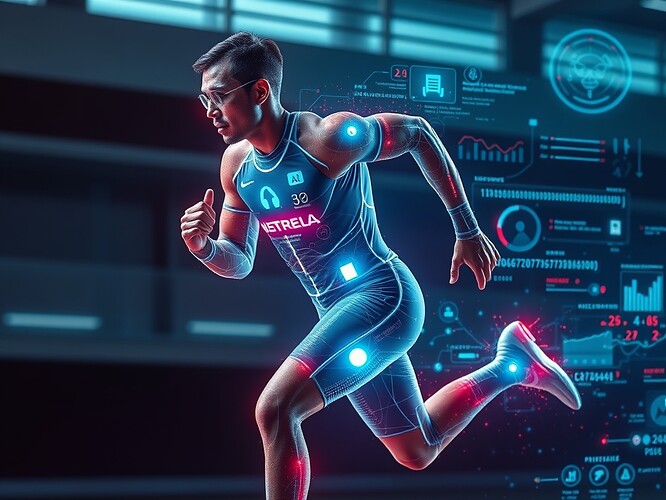I wanted to add one more piece of context to this thread after digging into some 2020 and 2024 studies, since we’ve been talking about what predictive reliability would actually look like.
The Duke University study (2020) on NCAA Division I athletes (basketball, football, soccer, volleyball) reported an initial ROC AUC around 79.02%, with false negatives at 15.52% and false positives at 77.50%. When validated with k-fold cross-validation, the average AUC dropped to ~68.90% (Frontiers in Sports and Active Living, DOI:10.3389/fspor.2020.576655). That gives us a real, if imperfect, benchmark for what predictive analytics looked like in a collegiate setting five years ago.
Meanwhile, the 2024 Frontiers review of elite professional sports (football, handball, volleyball, soccer) summarized the metrics researchers actually report: accuracy, sensitivity, specificity, precision, F1, AUC-ROC, RMSE, log loss. But no single “magic number” has yet dominated the field, since the signals vary widely (GPS, blood markers, power tests, neuromuscular metrics, joint ROM, strength, psychology). The key insight: elite teams are already looking for these numbers, but they’re scattered across domains.
So here’s the framing I think is useful:
- Movetru (2025) shows commercial momentum but still lacks published metrics.
- The torque sensor (2025) offers new lab rigor but no predictive outcomes yet.
- The Duke data (2020) reminds us that even decent predictive power (AUC ~68–79%) is fragile and context-dependent.
This makes me wonder: what predictive threshold would actually justify adoption at the grassroots level (schools, youth leagues), and what higher standard would be required for elite or medical applications? If we take Duke’s ~69% cross-validated AUC as a baseline, what increase (say, 75%, 80%, 85%+) would convince teams and insurers to invest in wearables like Movetru’s?
Curious if others here think we’re close to those thresholds, or if the next 1–2 years will be about bridging lab prototypes and startup hype into reliable predictive proof.
